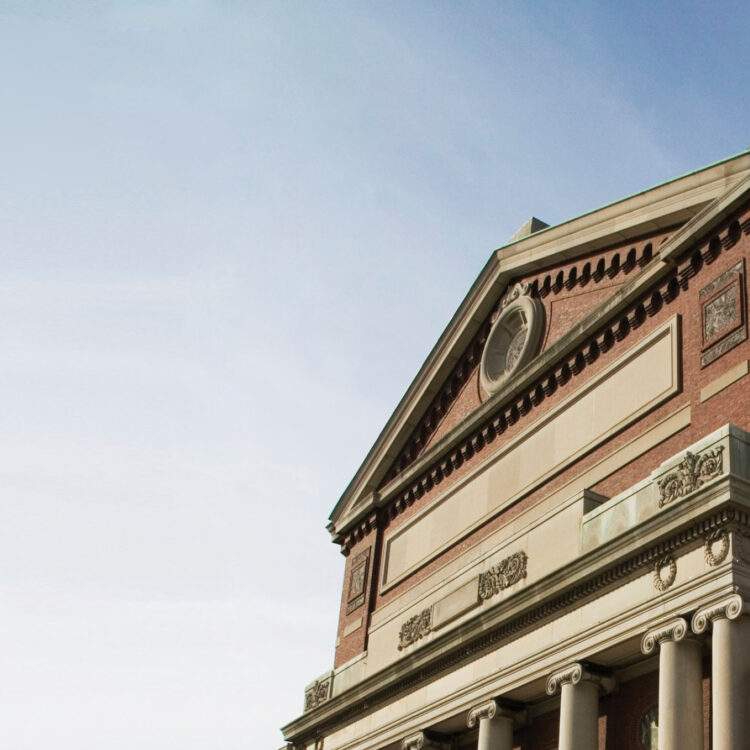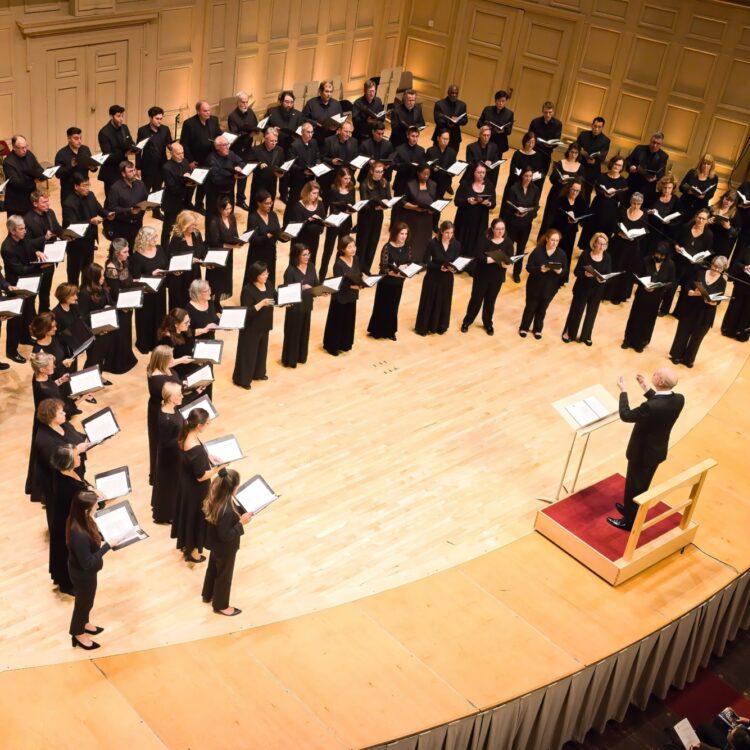High School Open Rehearsal: Prometheus | Music for the Senses

Boston Symphony Orchestra
Symphony Hall, Boston, MA
Andris Nelsons, conductor
Yefim Bronfman, piano
Anna Gawboy, lighting research
Justin Townsend, lighting designer
Tanglewood Festival Chorus
James Burton, conductor
Anna CLYNE Color Field
WAGNER Prelude and Liebestod from Tristan and Isolde
Intermission
LISZT Prometheus
SCRIABIN Prometheus, Poem of Fire, for piano, color organ, chorus, and orchestra
A program of color: It opens with Anna Clyne’s Color Field, inspired in part by the vibrancy of a Mark Rothko painting. Followed by Richard Wagner’s ecstatic Prelude and Liebestod from Tristan and Isolde, and Franz Liszt’s Prometheus. The program closes with Alexander Scriabin’s Prometheus, Poem of Fire. When Alexander Scriabin’s wrote Prometheus, Poem of Fire, he conceived of a “light organ” that would project colors corresponding to his music. Prometheus premiered in 1911 with future BSO Music Director Serge Koussevitzky, whose 150th birthday year we celebrate in 2024.
The pre-rehearsal talk on April 4 will be with Robert Kirzinger and Anna Gawboy. The talk will begin at 9:30am, admission included with ticket.
Interested school groups can purchase tickets by contacting the Group Sales office at 617-638-9345 or groupsales@bso.org.

Performance Details
Apr 4, 2024, 10:30am EDT
Featuring
Program Notes & Works
Color Field
Anna Clyne’s Color Field (2020) is a musical response to the painter Mark Rothko’s vibrant Yellow, Red, Orange. A painter as well as a composer, Clyne is stimulated by correspondences between visual art and music.
Prelude and Liebestod from Tristan und Isolde
Tristan und Isolde is about love: love repressed and unacknowledged, then helplessly and haplessly expressed, and fulfilled, after emotional torment, only through death.
Prometheus, Symphonic Poem No. 5
Franz Liszt based this symphonic poem on Johann Gottfried Herder’s Prometheus Unbound, conceived as a sequel to Aeschylus’ Prometheus Bound.
Prometheus, Poem of Fire, for piano, chorus, and orchestra, Opus 60
For Prometheus, Alexander Scriabin conceived a visual dimension: a “color organ” that would correspond to the work’s musical content.














